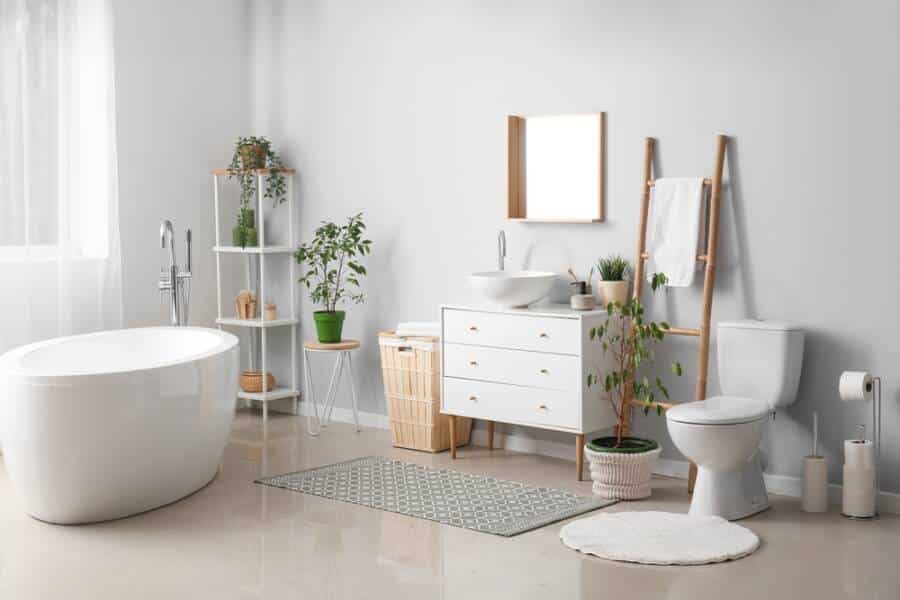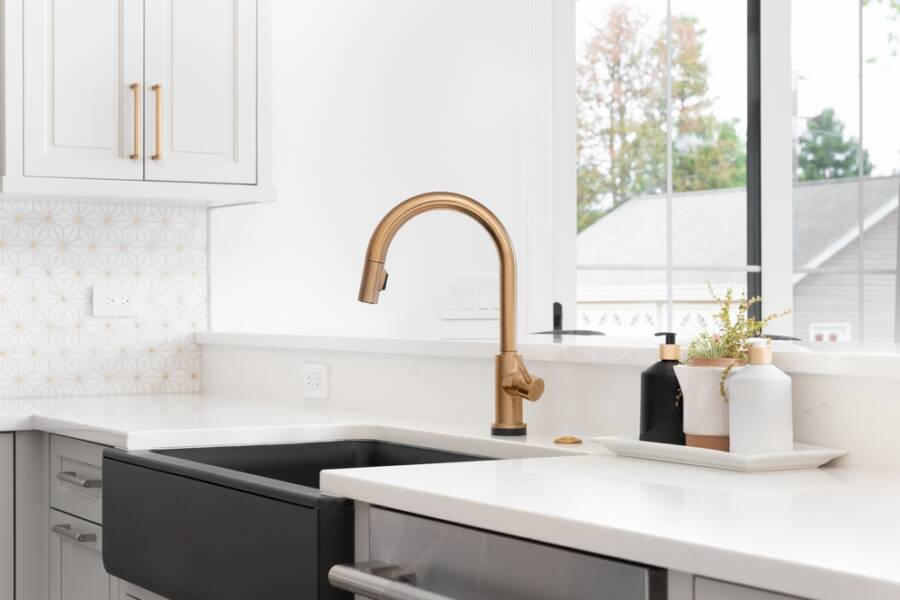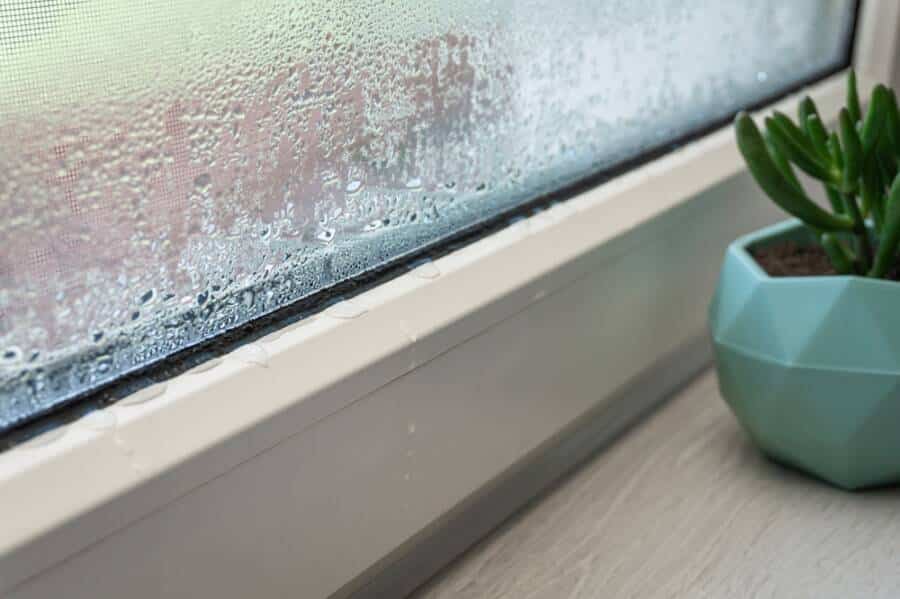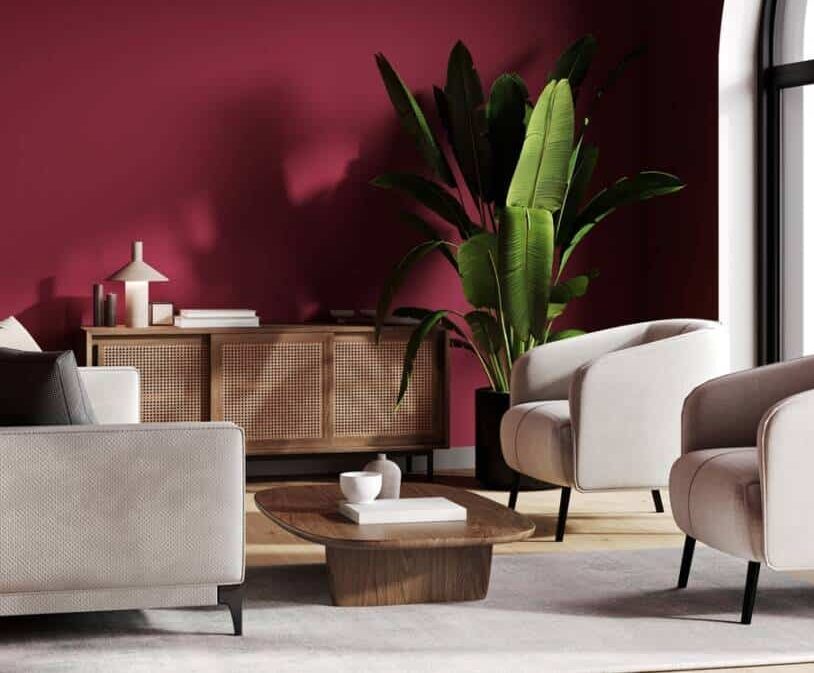Secret Rooms Aren’t Just for Spy Movies Anymore
If you’re used to secret passages and hidden spaces in mystery novels or James Bond movies, we’re going to change your perspective with this information: today, multiple commercial and industrial buildings decide to go with these misterious hidden places for practical purposes, and why not, a touch of charm and intrigue? In time, architects managed to master the art of creating hidden spaces in public.
For centuries, secret rooms have been around, including the hidden rooms inside Egyptian pyramids and the secret passages since the Civil War. Generally used for residential homes, today hidden spaces are no longer serving a specific class, and you will find concealed areas in libraries or even parks, commercial spaces with private fitting rooms, or VIP dining areas concealed in restaurants.
As a passionate, you’re most likely already familiar with the ever-evolving trends in architecture, from hidden rooms to secret passages, in the form of cleverly disguised spaces that leave visitors and occupants delightfully surprised.
Let’s see some of the clever tricks architects use to create secret spaces, plus how access doors and panels can help transform these ideas into reality, and you can find customizable solutions to hide access points with ease.
Unlock the mysteries of modern architecture:
Multi-functional furniture
More than just a way of bringing fun and dynamism to your house. Imagine seating with hidden compartments or bookcases pivoting to reveal a hidden room—this is an amazingly practical way to maximize space. Architects are in love with furniture doubling as a storage concealment.
In a library, seating can double as concealed shelving, or in a cage, and storage spaces can be hidden beneath tables. What a clever and functional twist that turns everyday furniture into secret doors!
Modular design
This type of design offers the ultimate flexibility, and rotating walls, sliding partitions, or movable screens manage to transform your space as needed, hiding or revealing areas in just a few seconds.
The modular design technique works miracles for commercial spaces such as event halls or conference rooms. This is an example of a drywall inlay panel from Access Doors and Panels—able to hide rooms and hallways effortlessly as it has a security mechanism that ensures secrets remain secure.
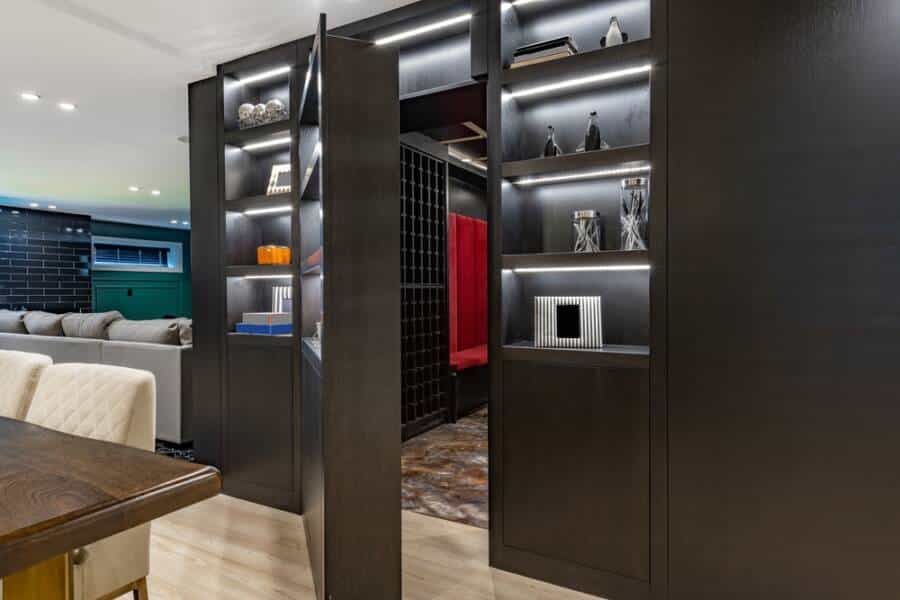
Material selection
It’s common for architects to play with materials like metal, wood, and stone and create doors that easily blend into their surroundings. For example, a flush access door will keep an electrical room concealed and still allow access to it for maintenance. This is incredibly useful for industrial settings, as this is an area where aesthetics and security go hand in hand.
Subterranean spaces
Even if this feature may flow your thoughts to ancient treasure rooms beneath church catacombs, going underground is a popular and timeless way to create hidden rooms.
Modern applications may not be as cinematic as you saw in National Treasure, but subterranean spaces are practical for maximizing the space, especially in commercial and industrial settings, with storage areas in hidden basements or even subterranean conference rooms that can add extra utility without eating up precious space and square footage.
Vertical space utilization
Maybe you noticed how vertical space often goes unused in commercial buildings, and architects work to change this by adding lofts, mezzanines, and elevated platforms. These are spaces that can work perfectly as private offices or even secluded lounge areas.
This creative way to add hidden spaces without expanding the building’s footprint is something that can be especially useful in crowded urban environments.
Custom hardware DNA locking mechanism
To secure a hidden space, you will need more than just design: you may want functionality. With advanced locking systems and biometric scanners or concealed electronic locks, you can be sure you only authorize certain individuals to access your secret spaces.
Hidden handles and custom hardware will make access points practically invisible.
And the final surprise? Have you ever thought how easy it may be to actually have your own secret room?
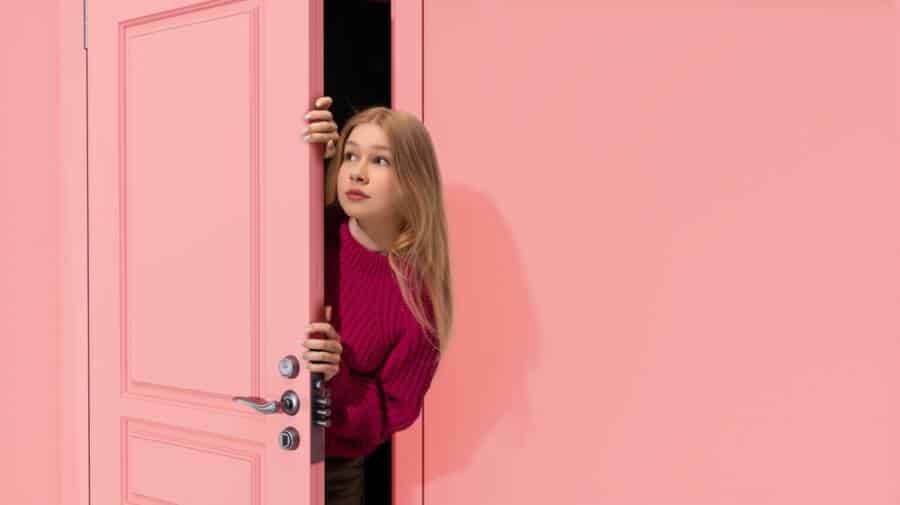
Now let’s see even more creative and specific examples of how you can blend some stuff into your home.
Using greenery and living walls
Many architects choose to use natural elements such as living walls, vertical gardens, cloned service areas, and maintenance roos in public spaces. These walls may have a dual purpose: to enhance the aesthetic value and add value by hiding access points or even less appealing elements of the building.
This is a smart way to integrate nature and maintain the functionality of hidden spaces.
Bookshelf Dooways
It’s a great idea to build a bookshelf that can swing open and reveal a secret room, as this is the most timeless secret door concept. It may be more doable than you may think, and this is what you need for crafting it:
You should start with a sturdy bookshelf, deep enough to fit into a wall cavity. You will need to use hidden hinges that are specifically designed for heavy loads, such as pivot or ball-bearing hinges. The next step is thinking about a magnetic locking system that will activate and allow the bookshelf to open only when a hidden mechanism triggers. You can choose a push-to-open latch that’s hidden behind an item or a particular book.
If you choose to do this, you need to make sure your design is seamless: the sofa aligns perfectly with the surrounding walls, and the floor, and everything looks like a permanent fixture when closed.
The bookshelf doorways work great for spaces like home offices, game rooms, or libraries, as they add functionality while offering a whimsical surprise.
Art as a door
Another gorgeous and stylish way to hide a room is to place it behind mirrors, art, or other wall décor, with a subtle and stunning approach.
What you need to get a great result is: to use sliding panels and doors to create a concealed entrance. Moreover, hidden latches or hinges can blend into the surrounding walls or frame and make it difficult to distinguish between art and the real doorway. This is an opening mechanism that could work with a magnetic lock or a touch-sensitive panel that opens when pressed.
This is the ideal design for modern and minimalist spaces where mirrors and artwork are already a part of décor for bedrooms, entryways, or living rooms.
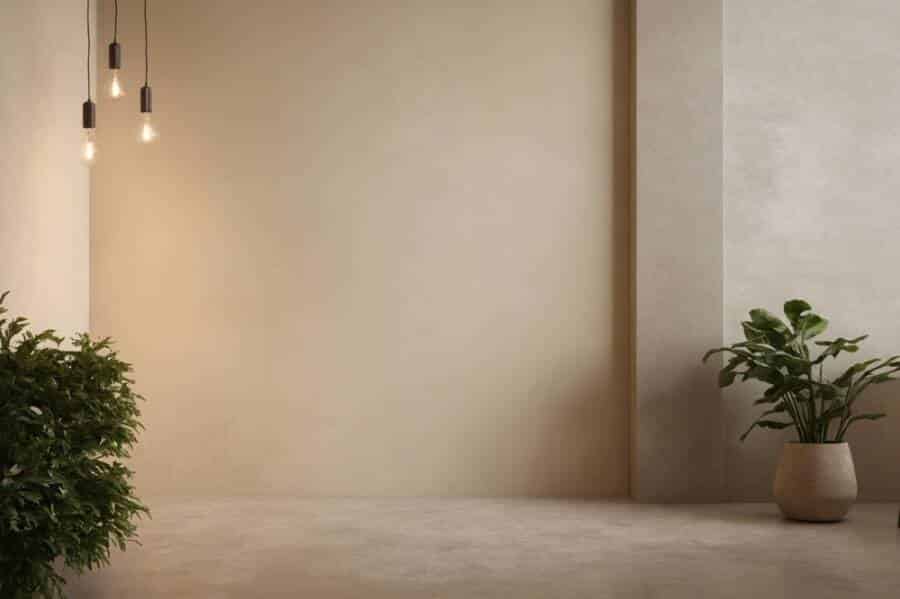
Secret Passages at Home
For an element of mystery to your home, you can create hidden passageways behind a fake wall. You may choose to make them slide or swing to reveal entire rooms or corridors.
How to build it?
You must use touch-sensitive panels that look like any other wall but open when pressed in the right spot. You can use shelving units for added effect, as they appear functional but also serve as doorways.
Mechanisms hidden behind the wall structure make it easy to open the wall without detection.
This is great for homes with long hallways and connecting areas like libraries, private bedrooms, or offices.
If hiding things is your thing and you want to add a little bit of fun and mystery, this is a Decorative Vintage Book Shaped Trinket Storage that you can order via Amazon, store your favorite little secrets and add them to your library, as nobody will know that’s not just a simple book.
Take more advice from home specialists and read this article next: 8 Paint Colors Interior Designers Swear By


